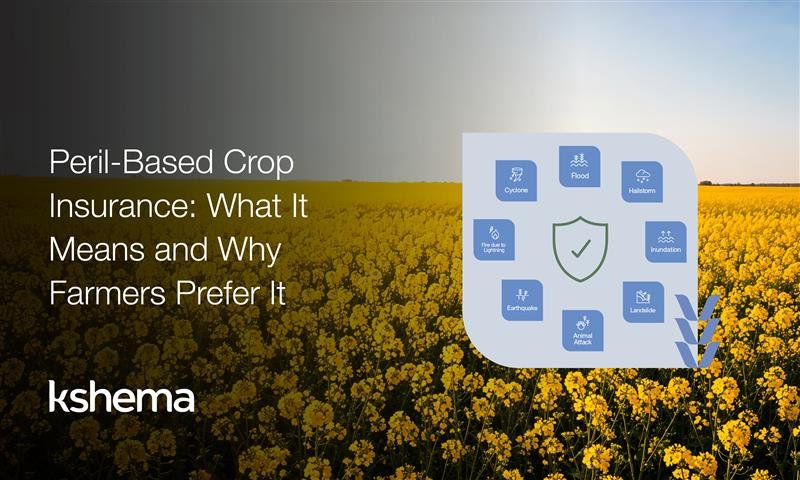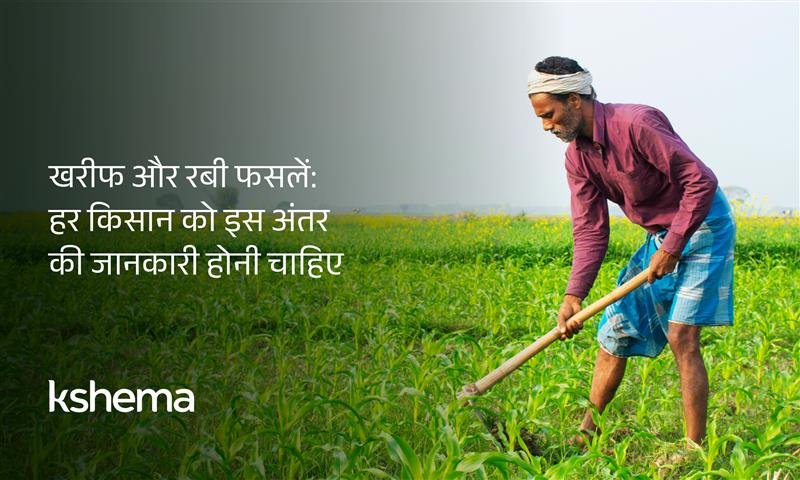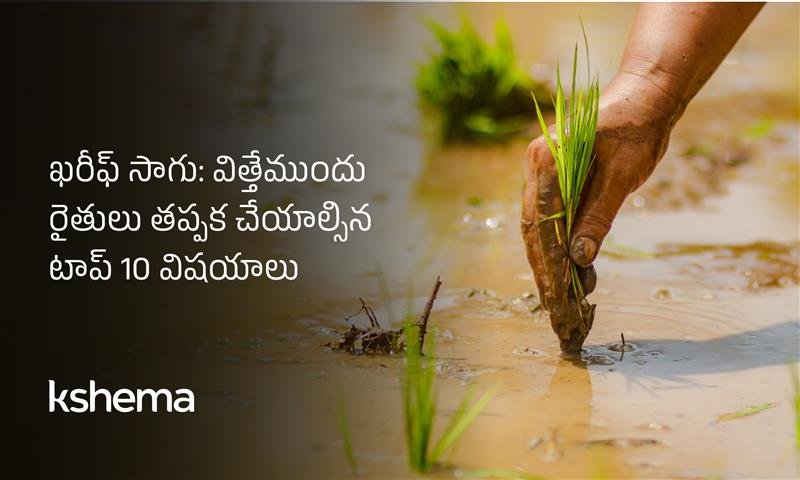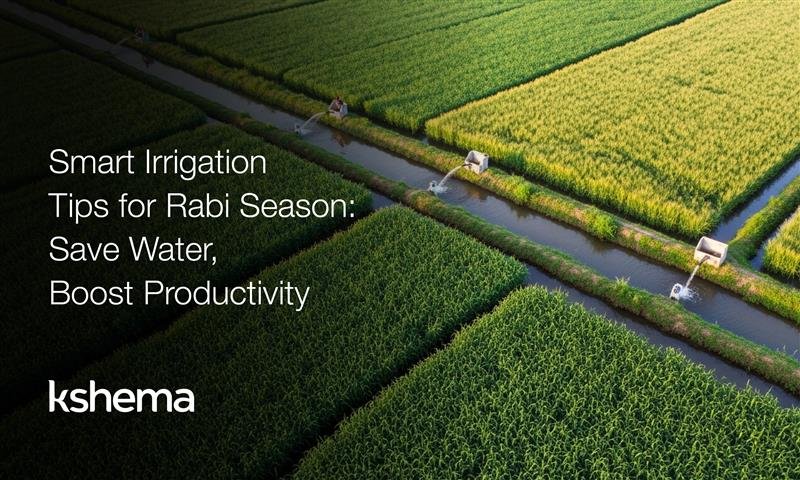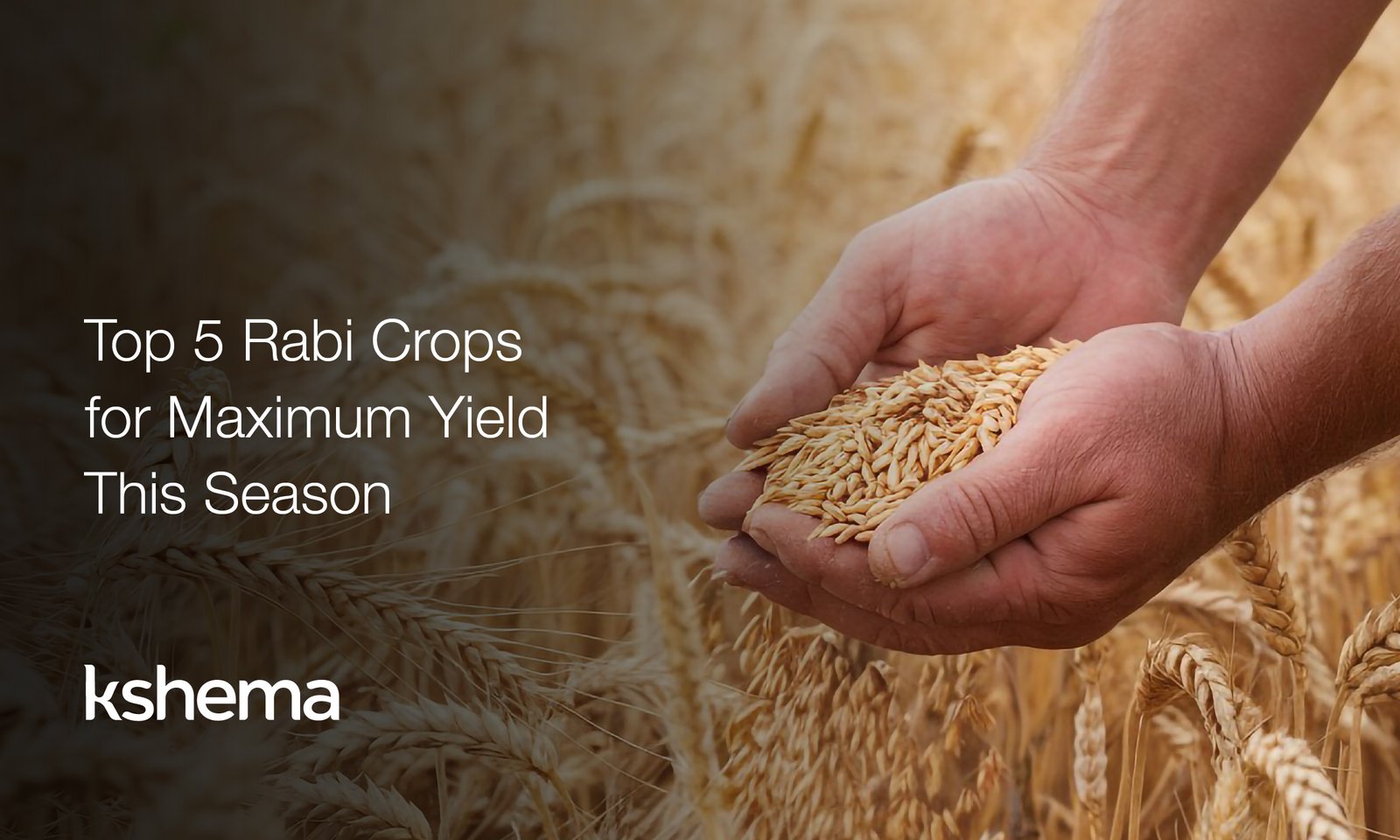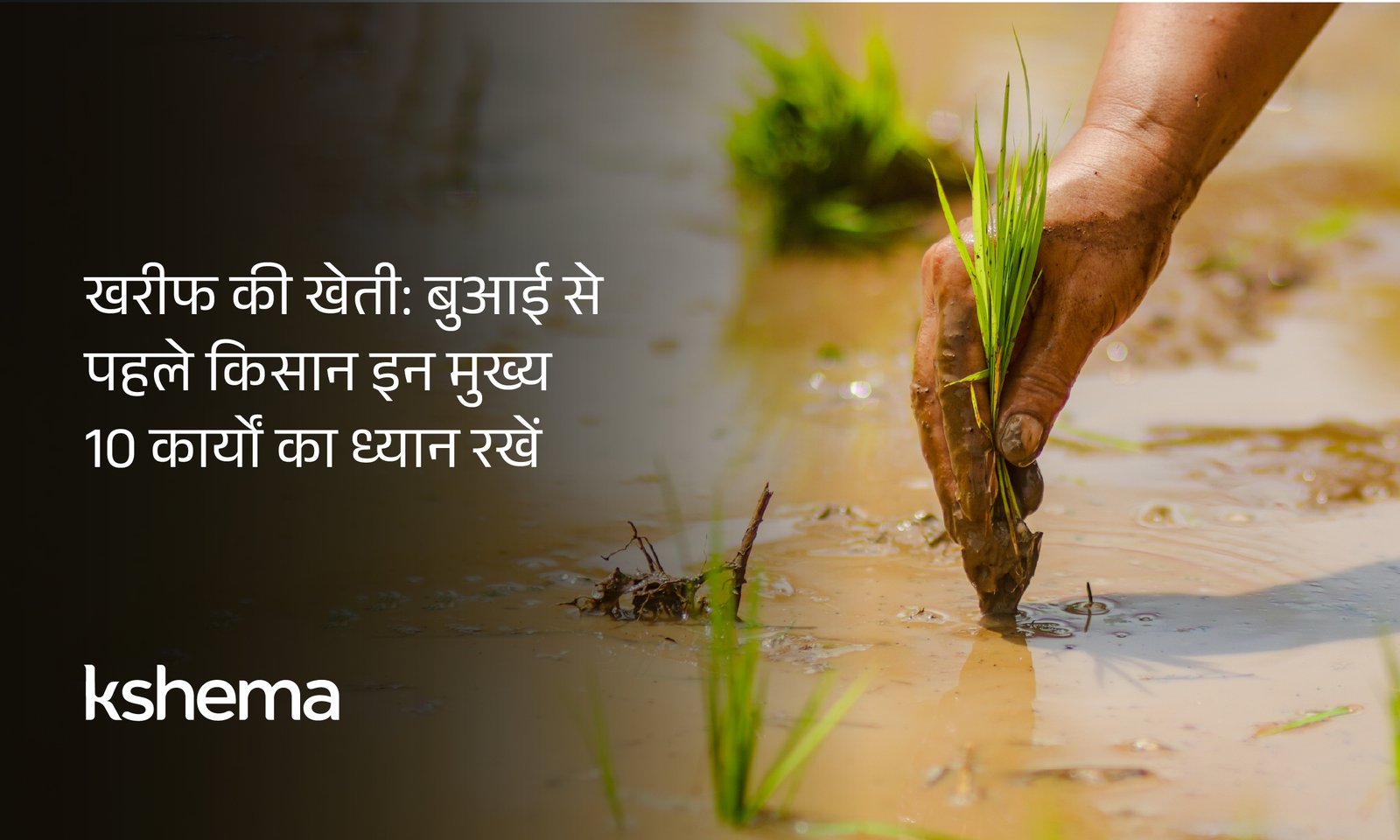Peril-Based Crop Insurance in India: Smart Protection for Your Rabi Crops
Traditional crop insurance schemes offer broad protection, but many farmers are now leaning towards peril-based crop insurance which is more targeted and flexible aligning better with their specific needs.
This blog explores what peril-based crop insurance entails, how it differs from other crop insurance coverage types, and why it’s gaining popularity among farmers.
What Is Peril-Based Crop Insurance?
Peril-based crop insurance is a type of crop insurance that provides financial protection against specific risks or “perils” that may damage or destroy crops. These perils can include natural calamities like floods, hailstorms, earthquakes, or animal attacks on crops. Unlike broader insurance schemes, peril-based insurance allows farmers to choose coverage based on the most probable threats to their region or crop type.
Crop Insurance Coverage Types: A Quick Overview
To understand the appeal of peril-based insurance, it’s helpful to compare it with other crop insurance coverage types available in India:
1. Weather Index Insurance
Based on weather data (e.g., rainfall, temperature) rather than actual crop damage. Quick payouts but may not reflect actual losses on the ground. Suitable for regions with reliable weather monitoring infrastructure.
2. Yield-Based Insurance
Provides compensation when actual crop yield falls below the threshold yield due to insured risks. Based on historical yield data and current season performance. Pradhan Mantri Fasal Bima Yojana (PPMFBY) is a prominent example, offering yield-based coverage for a wide range of high-yield Rabi crops in India with government-subsidised premiums coverage for a wide range of crops with government-subsidised premiums.
3. Peril-Based Insurance
Covers only the specific peril(s) listed in the policy. Offers targeted protection and lower premiums. Ideal for farmers who understand their local risk profile. Kshema Sukriti and Kshema Prakriti are examples of this category, offering a focused alternative to yield-based and weather index schemes.
Why Farmers Prefer Peril-Based Crop Insurance
1. Customised Coverage
One of the biggest advantages of peril-based crop insurance is its flexibility. Farmers can tailor their coverage to match the actual risks they face. For example: A farmer in Assam may prioritise flood protection. A horticulturist in Himachal Pradesh may choose hailstorm coverage. This targeted approach ensures that farmers aren’t paying for protection they don’t need, making it more focussed and cost-effective.
2. Faster Claims Processing
With fewer variables to assess, claims under peril-based insurance are often processed more quickly. This is especially important for the Rabi season, when timely insurance claimed settlement can help farmers reinvest in the next Kharif crop cycle.
This is especially important for the Rabi season, when timely insurance claim settlement can help farmers reinvest in the next Kharif crop cycle using efficient irrigation methods for Rabi crops.
3. Better Risk Management
By choosing coverage based on local climate and historical data, farmers can manage their risks more strategically. This proactive approach helps reduce financial stress and improves long-term farm sustainability.Improves long-term farm sustainability through crop protection strategies for Rabi.
How Peril-Based Insurance Works
The process is relatively straightforward:
- Risk Assessment: Farmers identify the most likely threats to their crops based on geography, crop type, weather pattern, and historical data.
- Policy Selection: They choose a policy that covers one or more specific perils.
- Premium Payment: Premiums are calculated based on the risk level and coverage amount.
- Monitoring: Insurance providers monitor weather conditions.
- Claim Filing: If the insured peril occurs, farmers file a claim with supporting evidence.How Peril-Based Insurance Works farmers file a claim with supporting evidence through a digital claim filing process
- Payout: After verification, claim amount is disbursed to help cover losses.
Many insurers like Kshema General Insurance offer digital platforms for policy management and claim tracking, making the process more transparent and farmer friendly.
Kshema’s Peril-Based Crop Insurance Solutions: Kshema Sukriti & Kshema Prakriti
Kshema General Insurance offers two flagship crop insurance products — Kshema Sukriti and Kshema Prakriti — designed to meet the diverse needs of Indian farmers.
Kshema Sukriti
Kshema Sukriti is a customisable peril-based crop insurance plan that allows farmers to select 2 out of 8 listed perils they want coverage for, such as earthquake, flood, hailstorm, cyclone etc. This flexibility makes Sukriti ideal for farmers who understand their local agro-climatic conditions and want customisable peril-based crop insurance without paying for additional coverage.
Kshema Prakriti
Kshema Prakriti, on the other hand, is a comprehensive crop insurance solution that covers crops against all those 8 perils, including animal attacks. It’s designed for farmers who prefer all-round protection and peace of mind throughout the crop cycle.
Both products reflect Kshema’s commitment to empowering farmers with affordable and region-specific insurance options that align with modern agricultural challenges.
Government Support and Schemes
The Government of India supports crop insurance through government schemes like:
- Pradhan Mantri Fasal Bima Yojana (PMFBY): Offers yield-based coverage with subsidised premiums. Learn more about coverage, eligibility, and premium subsidies on the official PMFBY portal.
- Restructured Weather-Based Crop Insurance Scheme (RWBCIS): Focuses on weather index insurance for specific crops and regions.
Considerations for Peril-Based Crop Insurance
While peril-based crop insurance offers many benefits, the following should be kept in mind:
- Limited Coverage: It may not protect against all possible risks.
- Awareness Gap: Many farmers may be unaware of the options available or may lack guidance on customising their policies.
- Data Dependency: Accurate risk assessment requires reliable historical and meteorological data, which may not be available in all regions.
To overcome these challenges, insurers and agricultural departments must invest in farmer awareness drives, insurance education, data infrastructure, and mobile-based advisory services.
Final Thoughts
In today’s uncertain farming environment, crop insurance is not just a safety net—it’s a but a strategic tool. Peril-based crop insurance offers farmers the ability to protect their livelihoods against the most relevant threats, without the burden of high premiums or complex policies.
By understanding the different crop insurance coverage types and choosing wisely, farmers can safeguard their investments, stabilise their income and build a more secure future. Whether you’re growing wheat in Punjab or mustard in Rajasthan, smart insurance choices can make all the difference.
Frequently Asked Questions About Peril-Based Crop Insurance for Indian Farmers
1. What is peril-based crop insurance and how is it different from PMFBY?
A. Peril-based crop insurance protects farmers against specific risks like floods, hailstorms, or cyclones that they choose in advance. PMFBY, on the other hand, offers broader yield-based coverage for multiple risks. Peril-based insurance is more flexible and often comes with lower premiums, making it ideal for farmers who understand their local threats.
2. Which crops and regions benefit most from peril-based insurance?
A. Peril-based insurance is best suited for crops and regions with predictable threats. For example, wheat farmers in Punjab may choose frost protection, while mustard growers in Rajasthan might opt for drought coverage. It allows farmers to customise their protection based on local climate and crop type.
3. How can farmers file a claim under Kshema Sukriti or Prakriti?
A. Farmers can file claims digitally through Kshema’s mobile app or website. They need to submit evidence of the insured peril — such as photos, weather reports, or field damage — and once verified, the payout is processed quickly to help cover crop losses.

